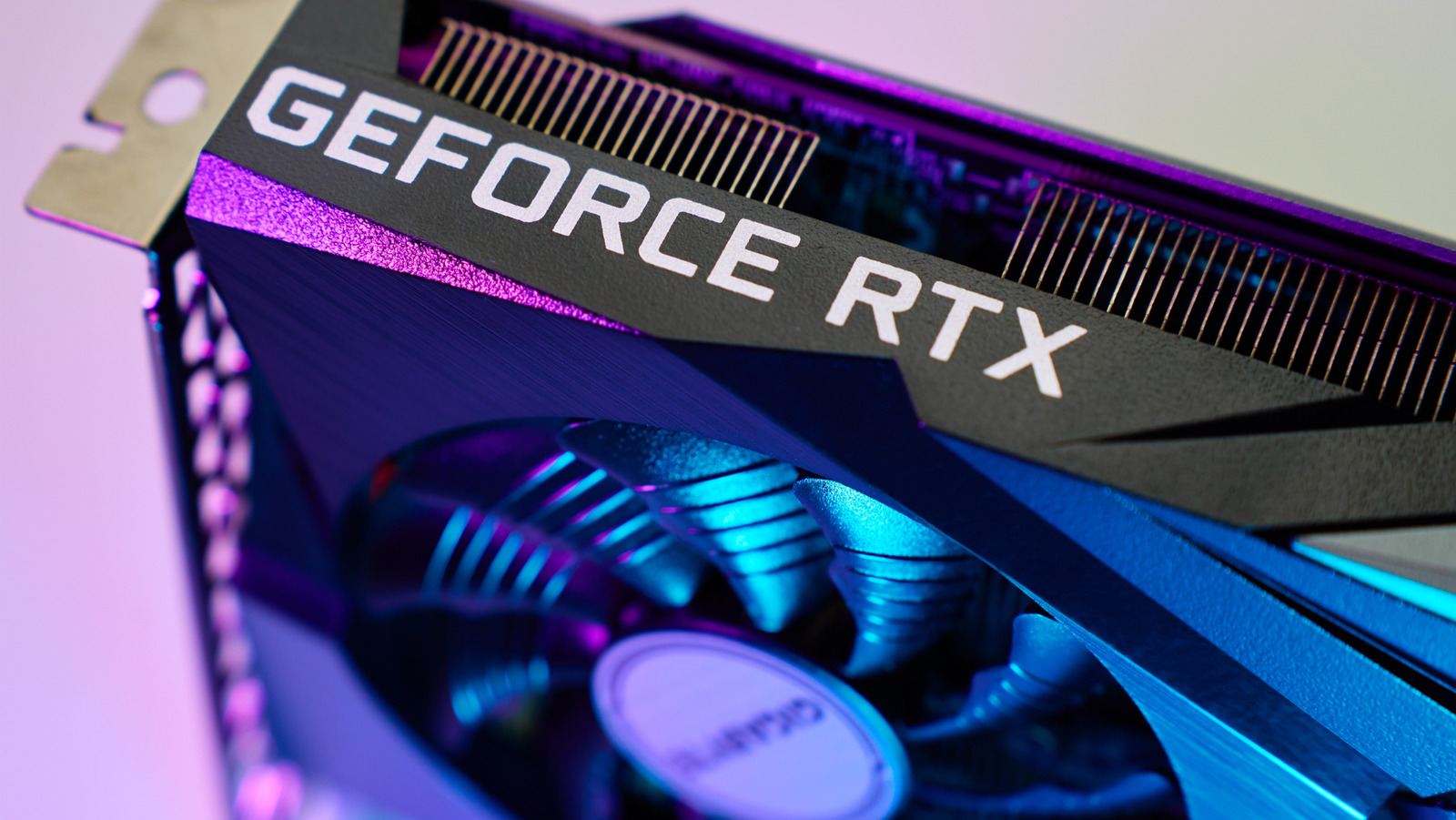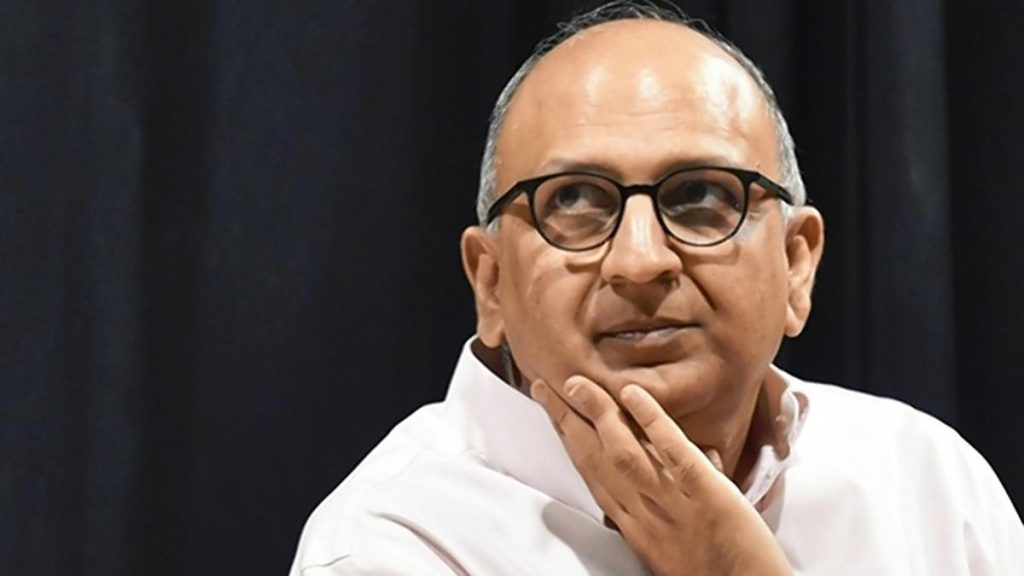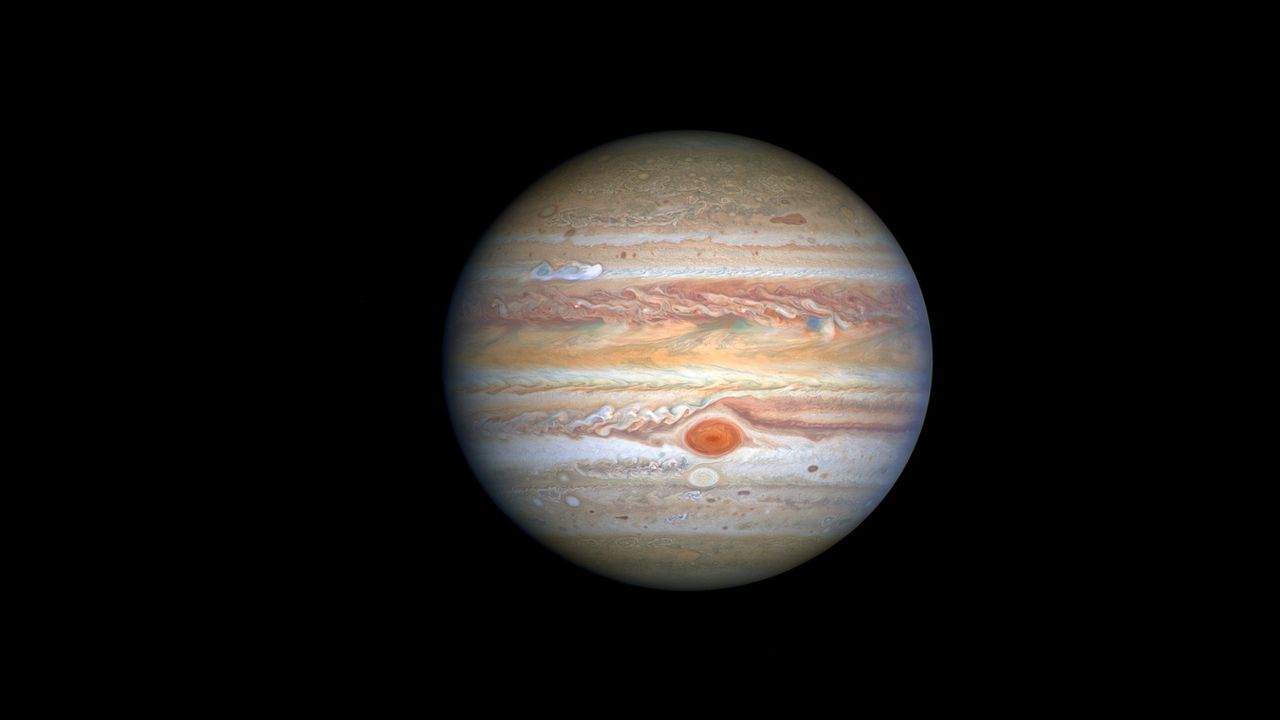Now Reading: Graphics Cards Offering the Least Value for Money Right Now
-
01
Graphics Cards Offering the Least Value for Money Right Now
Graphics Cards Offering the Least Value for Money Right Now

Quick Summary
- Current GPU Market Dynamics: Graphics card prices are inflated due to crypto mining demand, inventory shortages, and tariff complications. this affects both high-end and budget options.
- Nvidia Cards Analysis:
– RTX 5090: MSRP $1,999 but sells over $5,000 online at launch; currently priced ~$2,600 retail.
– RTX 5070: Marginal performance improvement over RTX 4070; lacks sufficient value for its cost.
– RTX 5060 Ti (8GB): Priced at $400 with limited future-proof capabilities for AAA gaming.
- Older Nvidia GPUs:
– GTX lines such as GTX 1650 Super and GTX 1060 offer poor price-to-performance ratios even compared to more modern options.
- AMD Cards Analysis:
– Radeon RX models (9070 XT, RX7900 XTX): Significant price markups from MSRPs reduce thier value proposition drastically.
- Older AMD GPUs:
– Radeon RX cards like RX6700 XT have steep markups (~$800 for a card originally priced at $379).
– Older cards like RX5600 XT ($279 MSRP) now retail above $500 unreasonably.
Indian Opinion Analysis
Teh current volatility in the global GPU market underscores how broader external factors-such as supply chain issues and cryptocurrency booms-can make cutting-edge technology unaffordable or inaccessible. While India has been a growing market for PC gaming enthusiasts, these unreasonable pricing trends may hinder adoption of higher-quality graphics cards among budget-conscious consumers already coping with rupee-dollar exchange impacts.
For gamers in India looking to upgrade systems without overspending, this situation presents long-term challenges-including reduced access to value-driven technology and diminished ROI on hardware investment amid rapid obsolescence. Policymakers could facilitate import frameworks that better balance affordability alongside ensuring proper technology availability in the Indian tech space.
























